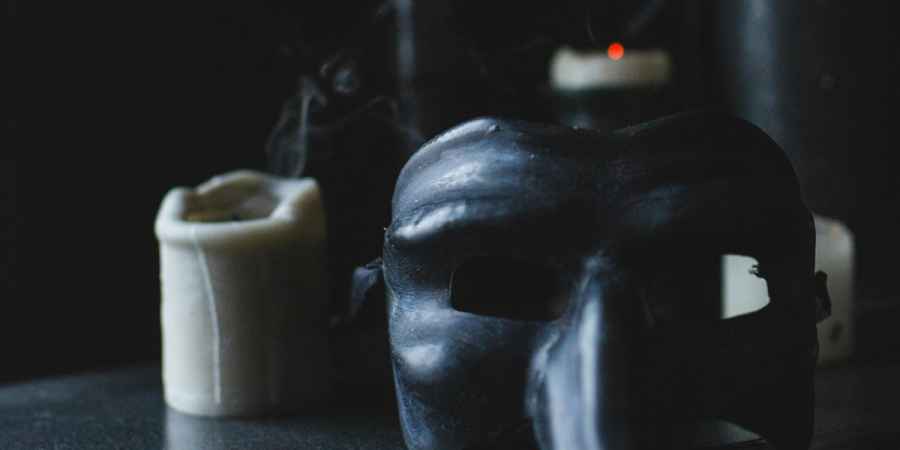
Photo: Vladimir Gladkov

Photo: Vladimir Gladkov
The cycle of the seasons often mirrors supernatural activity, with certain times of the year being particularly powerful. These periods, when the veil between our world and the realms beyond grows thin, are marked by heightened spiritual and demonic presence.
Spring Equinox
The demonic year begins with the Spring Equinox, a time of renewal and balance. This period, known as the vernal equinox, marks the first day of spring in the Northern Hemisphere and is the origin of the modern festival of Easter. Initially, it celebrated the renewed cycle of life and fertility, often accompanied by sexual rituals. Pagans invoked Ēostre or Ostara, the Goddess of Spring, dawn, and fertility, to honour rebirth and ensure future generations. Festivities included erotic rituals and group sex acts. As Christianity spread, many pagan rituals were adopted, transforming Ēostre’s celebration into Easter, incorporating the story of Christ's resurrection.
Beltane
May Day, or Beltane, is one of the four great witches' sabbaths, celebrated on May 1. This festival marks the midpoint of spring and the shift in energy as the days grow longer. The name "Beltane" comes from the Gaelic word meaning "bright fire." The ancient Celts celebrated Beltane with bonfires believed to have protective powers, driving animals through the smoke and taking embers home to ignite hearth fires. The veil between worlds is thin during Beltane, allowing faeries and nature spirits to be especially active. Offerings were left to appease these spirits, ensuring a successful growing season. While ancient rituals included sacrifices to the Devil, modern traditions like maypole dancing persist.
Advertisement ‐ Content Continues Below.
Summer Solstice
The Summer Solstice, on June 21, marks the longest day and shortest night of the year. This day is celebrated as Litha by the Celts, with bonfires to honour the sun. However, the solstice also represents a time when the veil between worlds is thin, allowing spirits and other supernatural entities to be more active. While this time holds immense natural energy, it can be exploited for both good and ill, requiring rituals of protection and vigilance against dark forces. Modern celebrations by Wiccans and Pagans include gatherings at sacred sites, dancing, and rituals to harness the solstice's energy.
Samhain
Samhain, now known as Halloween, falls on October 31 and is a deeply spiritual time when the veil between the living and the dead is at its thinnest. The ancient Celts considered Samhain their New Year, marking the end of the old year and the beginning of the new. Bonfires were lit to guide and protect the souls of the dead. The practice of dressing in costumes originates from the need to blend in with spirits, evolving into modern Halloween costumes. The Christian Church later adopted Samhain, renaming it All Hallows Eve, which eventually became Halloween.
Winter Solstice
The Winter Solstice, on December 21, marks the longest night and shortest day of the year. For the Celts, this was the festival of Yule, celebrating the rebirth of the sun with bonfires and evergreens. This time of deep darkness is also when the barriers between our world and shadowy realms are at their thinnest, allowing for increased demonic activity. Rituals of protection, such as using candles and burning protective herbs like sage, are crucial. The solstice is a time for introspection and confronting inner darkness, mirroring the sun’s rebirth after the longest night.
Blood Moons & Eclipses
Blood moons and eclipses disrupt the natural order, creating conditions ripe for demonic activity. A blood moon occurs during a total lunar eclipse, giving the moon a deep red hue. These events have been associated with omens and heightened supernatural activity. Eclipses, both lunar and solar, temporarily obscure light sources, creating an ideal environment for demonic activity. These times often see increased paranormal phenomena, requiring extra precautions such as cleansing rituals and protective symbols. Blood moons and eclipses offer opportunities for exploring the supernatural but should be approached with respect and caution.
These celestial events are significant for their potential to reveal and amplify supernatural activity, making them intriguing periods for observation and study.
Learn With Higgypop
Hosted by Paralearning in association with Higgypop, these courses on ghost hunting, paranormal investigations, and occult practices draw on the experience of our team of paranormal writers.

Diploma In Parapsychology & Psychic Phenomena
This course gives you practical and useful knowledge of ghost hunting and paranormal research, which is invaluable when conducting your own paranormal investigations or as part of a group event.
View Course
Diploma In Modern Demonology For Paranormal Investigators
This course gives you practical and useful knowledge of ghost hunting and paranormal research, which is invaluable when conducting your own paranormal investigations or as part of a group event.
View CourseMore Like This
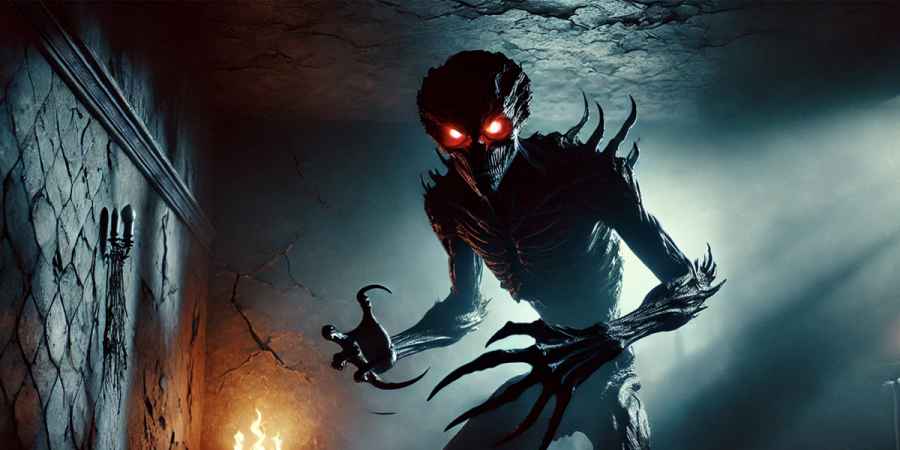
ParanormalNovember 24, 2024
I've Witnessed Zozo Dozens Of Times – Here's How I Survived
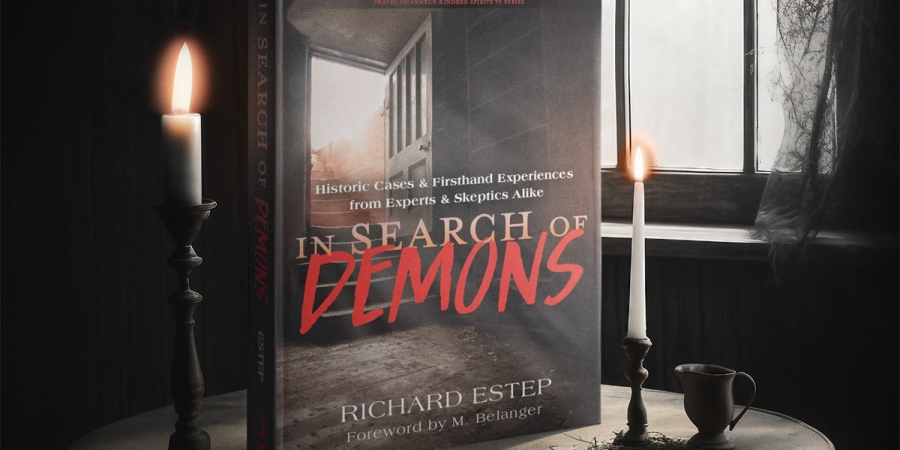
BooksNovember 22, 2024
Richard Estep Explores The Demonic In His New Book 'In Search Of Demons'
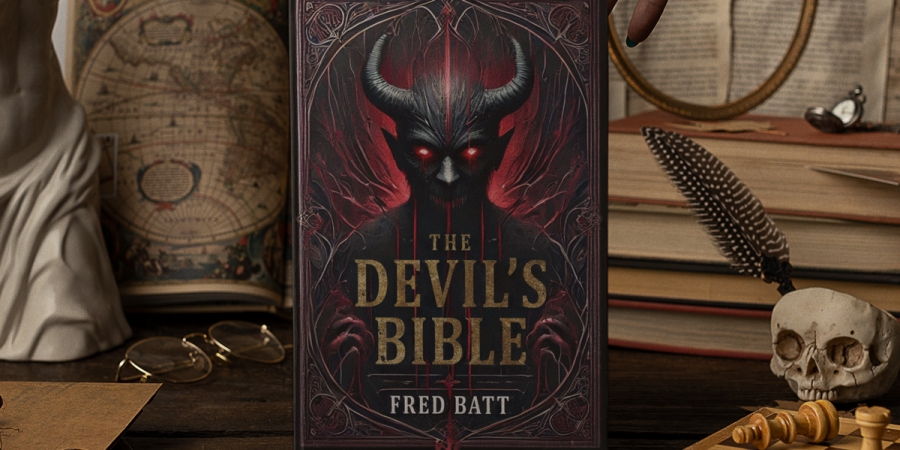
ParanormalAugust 20, 2024
Fred Batt Reveals Dark Secrets Behind His New Book 'The Devil's Bible'
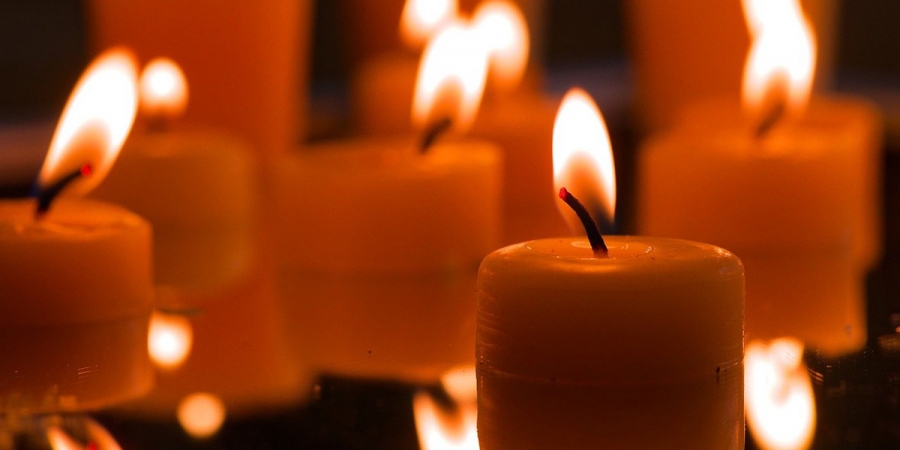
ParanormalAugust 10, 2024
Uncovering The Secrets Of The Black Mass Ritual
 See More on Audible
See More on Audible
Comments
Want To Join The Conversation?
Sign in or create an account to leave a comment.
Sign In
Create Account
Account Settings
Be the first to comment.